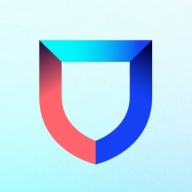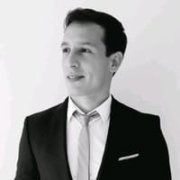

NGINX App Protect and Lacework FortiCNAPP compete in application security. Lacework FortiCNAPP holds the upper hand in security richness and compliance support, though it may be more complex compared to NGINX's straightforward deployment.
Features: NGINX App Protect offers robust security with reverse proxy, load balancing, and comprehensive HTTP session control. It provides flexibility for automation and DevOps integration. The simplicity of its command-line interface enhances ease of setup. Lacework FortiCNAPP emphasizes anomaly detection, compliance reporting, and continuous monitoring. It delivers cloud security management, insightful alerts, and extensive data parsing for security audits.
Room for Improvement: NGINX App Protect could improve flexibility in setup, automated scaling, and API exposure. There are configuration challenges and a need for better communication on updates and futures. Lacework FortiCNAPP requires improvements in integration capabilities, reducing alert noise, and better alert filtering granularity. Users also seek improved communication regarding updates.
Ease of Deployment and Customer Service: NGINX App Protect suits on-premises environments with its straightforward setup and fast deployment. Mixed support reviews highlight some slow responses and lack of deep technical skills. Lacework FortiCNAPP is efficient in cloud environments but poses understanding challenges. Support is knowledgeable but seen as busy and occasionally less responsive.
Pricing and ROI: NGINX App Protect is generally expensive with reasonable licensing per instance. Its ROI is valued, especially in remote transitions. Lacework FortiCNAPP is pricey, particularly for large-scale cloud environments. However, recent transparency improvements in licensing exist. Despite costs, both solutions are seen as cost-effective security investments, though Lacework's costs can escalate with cloud scale.
They were quick and efficient when we had issues.
It is a quality solution, and I would rate its stability as eight out of ten.
There was more information from F5 regarding hardware requirements and specifications to deploy the service.
The most valuable feature is the ability to operate in a DevOps environment and to be configured through API and pipeline by the developers themselves.
Detecting bots and blocking IPs have proven effective for securing applications.


Lacework FortiCNAPP provides robust cloud security, combining vulnerability management and multi-cloud insight with user-friendly controls, machine learning detection, and compliance support.
Lacework FortiCNAPP specializes in cloud security by merging machine learning anomaly detection with agent-based vulnerability management to offer detailed alerts and compliance reports. Its comprehensive approach allows continuous monitoring across AWS and Kubernetes, providing insights from an attacker's perspective. The platform offers automation and seamless Slack integration, facilitating collaborative and efficient cloud security management. Users value its ability to handle multi-cloud environments and scan IAC scripts, configurations, and compute nodes across AWS and GCP.
What are the key features?Organizations across sectors leverage Lacework FortiCNAPP for cloud security, focusing on compliance, security posture, and vulnerability management. It is widely used for monitoring AWS and Kubernetes environments, scanning IAC scripts, configurations, and securing compute nodes. It supports multi-cloud security posture management and log ingestion, enabling companies to maintain strong cloud infrastructures without dedicated security layers.
NGINX App Protect application security solution combines the efficacy of advanced F5 web application firewall (WAF) technology with the agility and performance of NGINX Plus. The solution runs natively on NGINX Plus and addresses some of the most difficult challenges facing modern DevOps environments:
NGINX App Protect offers:
We monitor all Container Security reviews to prevent fraudulent reviews and keep review quality high. We do not post reviews by company employees or direct competitors. We validate each review for authenticity via cross-reference with LinkedIn, and personal follow-up with the reviewer when necessary.